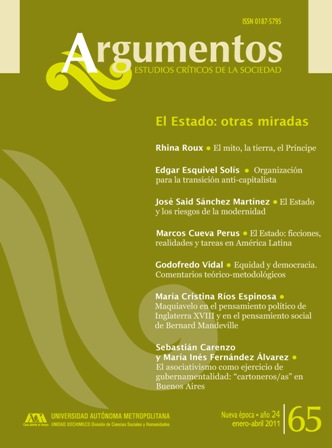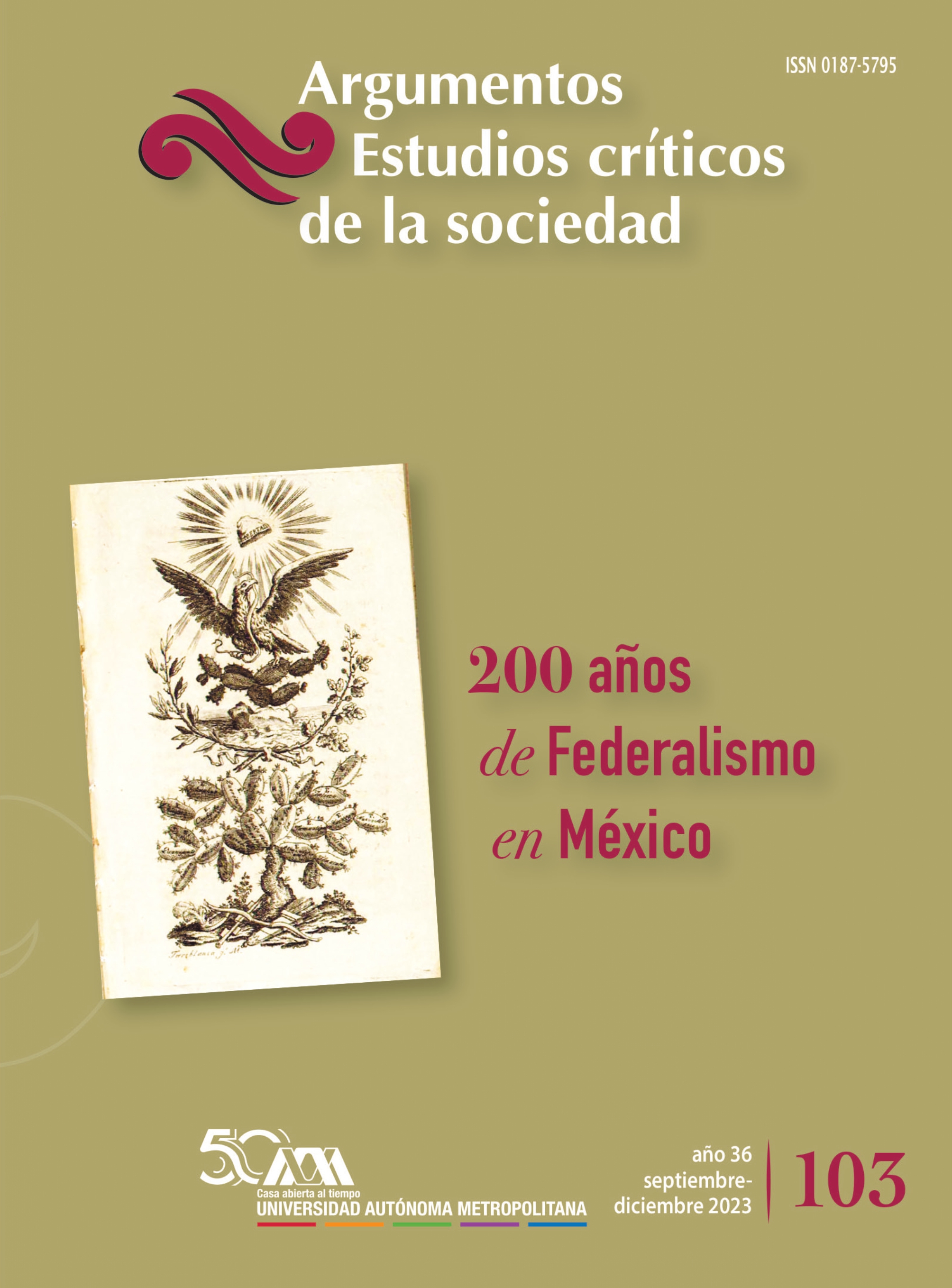Giddens y la "individualidad altamente reflexiva"
Keywords:
Giddens, individuality, pre-modernity, modernity, individualAbstract
The discussion focuses on the understanding of Giddens on the individual at the end of the century and the formulation of some specific criticisms. Giddens’ proposal is part of the innovations occurring in the social dynamics of the last decade of the twentieth century and the first decade of the twenty-first century. Set as analytic horizon, the line of what he calls, pre-modernity, modernity itself and the contemporary transformations of it in which inserts it’s meaning of individual. The individual it is characterized also their world view and his interpretation of the construction of opportunities and biographical innovations that are presented to him. Posed innovations that have been promoted throughout the twentieth century, both in the way of industrial development and its impact on the lifestyles of consumers who are altering traditional concepts and dynamics instead of others; and by the political changes that have required to the Citizen a performance of greater responsibility in their demands to the state and the revival of democracy, Giddens adjective in dialogue, permanent and general even in private life and cultural values, which are more diverse and flexible (in a life policy).








